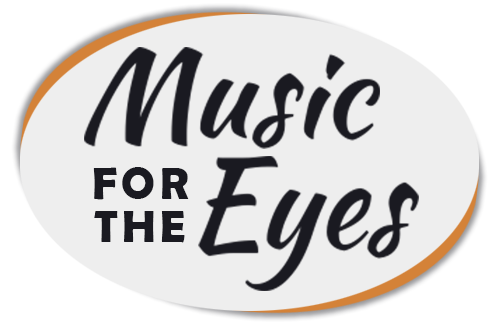Marrakesh is at the place where sub-Saharan Africa meets Arab North Africa. The name means “Land of God.”
It was once again thrilling for Fred and Sharon to drive up to Marrakesh, its unique red walls and red sandstone buildings of Moorish architecture shining in the sun. This view gives the city its nickname, “The Red City.” It is also sometimes called, “The Daughter of the Desert”.
The ramparts encircle the old city (the “medina”)– which teems with life and energy…carts and animals carrying huge and strange loads, and people of all colors and various clothing. At this point it is wise to leave your vehicle in a parking lot and proceed by foot. All of our excursions in the medina during the next week were done on foot.
The medina is filled with souks (markets) which meander along labyrinths of curving alleys, leading to the most famous (and most fun) city square in Morocco–the Jemaa el-Fnaa. This square is the heart of the city and the hub of activity. Jemaa el-Fnaa means “Assembly of the Dead” because it used to be the place where criminals were beheaded–sometimes up to 45 in a single day. After execution, the heads were pickled and suspended on spikes from the city gates.
Historically the square attracted tradesmen from the surrounding desert and mountains; snake charmers; musicians with their pipes, African drums and tambourines; and dancing boys. Even now we saw many of the above, as well as henna painters, herb sellers, fortune tellers and monkey handlers.
Perhaps our favorite of the souk stalls are those selling fresh orange juice. The counters are piled high with stacks of fresh oranges, and a glass of OJ costs from the equivalent of 50 cents. Different qualities are more expensive and you can pay as much as $ 1.25 if it’s squeezed in front of you and, therefore, clearly unadulterated.
At sunset, the Jemaa el-Fnaa makes an astonishingly quick change; it is transformed into a a huge open-air show. Depending on the night, we heard and saw a variety of musicians, storytellers, tooth-pullers and magicians. This is really the gathering place of everyone who lives in or visits Marrakesh.
After dark, one whole side of the square is taken over by local “pop-up” restaurants (makeshift food stalls) with grills and long tables, most even without piped-in water, but which often sell fabulous food at low prices. Hundreds of men and boys in chefs’ dress prepare food every night. Beware of the stalls with few customers, as their reputation might be for unsafe food preparation.
One favorite of ours had fried squid served them with a few side dishes. At one stall, Ahmed served bowls of escargot for $ 1.25. You also would probably recognize the slow-cooked lamb served in Moroccan bread with a sprinkling of ground cumin. Moroccon cuisine is a combination of Moorish, Berber and French influences.
Sharon’s favorite dish in Marrakesh was pastilla. The classic dish is made of pigeon–cooked, chopped and prepared in a flaky pastry, along with finely chopped almonds and pistachios. It is topped with a dusting of powdered sugar and cinnamon. Fred’s favorite was a tagine (exotic warm stew) of caramelized pumpkin and chicken.
One of the best activities in the souks of Marrakesh is shopping. Buyers and sellers come to Marrakesh as the recognized trading center of Morocco. Bargaining is required, and the best products are hand-made. Many shops specialize in spices and oils; fresh fruits and vegetables; djellabas–long coats with hoods; exotic metal Moroccan lamps; local pottery; argan oil, produced only in Morocco, used for both cooking and beauty; leather goods from their tanning industry; woodwork; antiques of all kinds; jewelry, and, of course, carpets and textiles.
While not eating or shopping, we visited many museums and other sights. Our favorite was probably the Majorelle Gardens. Established in 1923 by Jacques Majorelle as a Moorish villa with deep blue, green and red tiles, it was later bought by Yves Saint-Laurent and his partner Pierre Berger. Now the deep blue tiles highlight a garden of tropical flowers, yucca, bougainvillea, bamboo, hibiscus, and so on. There are more than 400 kinds of palm trees and 1800 species of cactus.
The villa is now a Berber Museum, with incredible displays of Berber clothing and antique jewelry. The museum shop had prints of YSL posters and books on subjects such as tuareg jewelry.
Once again this trip re-confirmed Marrakesh as our favorite city in Morocco.











I have been looking to replace something i bought in morroco awhile back that has broken. It is their fabulous ashtrays that have a well under the lid. bulbous design, but unique in keeping the house smelling like an ashtray. Did u happen upon any and if so do u have any to sell? your friend melanie. Happy new year!
Howdy! This blog post couldn’t be written much better! Looking through this article reminds me of my previous roommate! He continually kept preaching about this. I am going to send this article to him. Fairly certain he’s going to have a good read. Thanks for sharing!|